The new red line: Why a prolonged conflict in Ukraine makes a nuclear attack more likely
By Phillips P. O’Brien | September 19, 2024
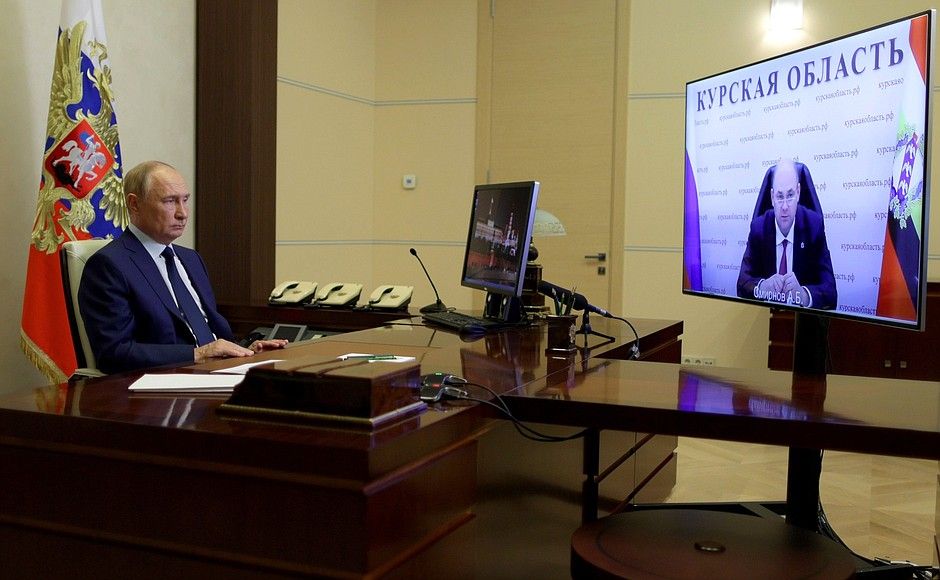 President Vladimir Putin talks with the governor of Kursk on the situation regarding the Ukrainian invasion of the south of the oblast. Kremlin.ru, CC BY 4.0, via Wikimedia Commons.
President Vladimir Putin talks with the governor of Kursk on the situation regarding the Ukrainian invasion of the south of the oblast. Kremlin.ru, CC BY 4.0, via Wikimedia Commons.
There should have been a nuclear war by now—at least if the wargames and academic models of state behavior are to be believed. For the last two-and-a-half years, Ukraine, in its fight to protect its land and people, has repeatedly and in an escalatory fashion continued to flout the warnings of nuclear-armed Russia. In doing so, the Ukrainians have steadily done things that were confidently claimed to be clear triggers for Russian nuclear weapons use.
First, the Ukrainians began and have steadily waged an increased-range weapons campaign against Crimea, part of Ukraine that Russia had illegally annexed and claimed for its own. Starting with sea drones, and then expanding to a range of missiles and unpiloted aerial vehicles (UAVs), Ukraine has attacked countless targets on and around the peninsula, destroying Russian military equipment, command and control facilities, and even sinking major warships and attempting to blow up the Kerch Bridge, which Russia built after the annexation to connect the two countries.
Crimea has been only the start of Ukraine’s increasing attacks against Russia. The Ukrainians have for over a year now waged a long-range campaign against Russian military and economic infrastructure throughout Russia itself—which some thought would prompt a Russian nuclear weapons attack.
The Ukrainians have attacked air bases hundreds of miles from the Ukrainian border, sent UAVs against targets in Moscow and St. Petersburg, and waged an increasingly effective campaign against Russian oil and gas infrastructure—targeting refineries and storage areas. On September 1st, the Ukrainians launched what might be their largest ever UAV attack on Russian infrastructure, hitting power plants in the Moscow area. These are vital links in Vladimir Putin’s economic system of control, and yet the Ukrainians have gone after them whenever possible.
Finally, the Ukrainians invaded Russia itself. A secretly prepared force of experienced Ukrainian troops laid out a clever plan to attack where the Russians were weakest, and in a few days struck deep into Russian sovereign territory in Kursk Oblast and Belgorod Oblast. Initially thought to be a raid, it now seems that the Ukrainians intend to stay. There are even signs that the Ukrainians are planning on digging in and setting up a fortified zone—inside Russia itself. Moreover, the Ukrainians are regularly using weapons supplied by the United States and major western European states inside Russia itself: blowing up bridges, attacking Russian reinforcements, and inflicting a great deal of military loss.
To summarize, more than two-and-a-half years after nuclear-armed Russia invaded Ukraine, the Ukrainians have invaded and seized a large swathe of Russian land—the first invasion of Russia since World War II. And what remains to be seen? Not only has Russia declined to use nuclear weapons to strike back against the Ukrainian invaders; the Russians have not taken any step to even prepare nuclear weapons for use.
Amid significant nuclear threats and saber-rattling, Russia has proposed changing its nuclear doctrine to make the use of weapons easier. And yet, there has been no concrete evidence to show that Russia was serious in its nuclear bluster.
This lack of concrete steps to prepare any kind of nuclear action is fascinating and flies in the face of what was expected in the upper echelons of the US government and other circles, who have clearly been looking for signs of Russian nuclear escalation. “Scores” of wargames played out in the US government for years have culminated in the use of nuclear weapons long before reaching a Ukrainian invasion of Russia itself. Certainly, Biden administration officials in both the White House and Department of Defense have acted consistently as if they believe that US actions could trigger a nuclear response by Russia. There has been reporting that details how some in the Biden administration misinterpreted intelligence, concluding Russia might be preparing to strike—but no evidence shows that any steps were actually taken. The Carnegie Endowment’s Christopher Chivvis warned in March 2022 that nuclear weapons use was one of two of the most likely results of the war—based on “scores” of war games in which they had been deployed.
And yet, the conflict has remained nuclear-weapons-free. On the one hand, this could be something to celebrate. Events long thought to lead to nuclear weapons use have not.
On the other hand, this failure to understand when and how nuclear weapons might be used should actually lead to a wholesale reevaluation of predominant preconceptions about the weapons’ role in international relations, how to deter them, and when not to defer to them. The scary reality might be that prevailing assumptions of how nations could reach the threshold of nuclear weapons usage were overwrought, but the way those assumptions have shaped policy has made a nuclear conflict far more likely.
Flawed assumptions. One of the basic flaws in experts’ views of how and when nuclear weapons might be used involves process; this decision has often been seen as being a rational endpoint to a conventional series of military escalation steps. Herman Kahn’s extremely over-wrought but well-known escalation ladder has an impressive 44 steps to move from crisis to calamity. In such an ordered world, the use of conventional weapons in any given war gets considerably more offensive and all encompassing, until eventually it reaches the top of an escalation ladder and nuclear weapons are used.
However, the use of nuclear weapons might only have the most tangential and illogical connection to the use of conventional weapons. The Russo-Ukraine war has shown that there are huge disincentives to the use of nuclear weapons, that there can be significant escalation on the conventional side without risking a nuclear attack—even when only one side possesses nuclear weapons.
Indeed, the disincentives have proven considerable. One of the foundational countervailing forces relates to other nuclear powers, which will exert massive pressure against a nuclear armed state to prevent it from attacking a non-nuclear state with nuclear weapons. For example, during this war, India and, particularly, China have played a massive role in deterring Russia from using nuclear weapons.
What may have previously been misunderstood is that if a nuclear weapon is ever used, it will effectively destroy the nuclear non-proliferation argument that nuclear powers love to use to convince non-nuclear powers to remain non-nuclear. For instance, China must fear that a Russian nuclear attack as part of an expansionist war against a non-nuclear neighboring state would prompt others to prepare for such an attack. China’s regional neighbors, such as Japan, South Korea, and even Taiwan—all of which could make nuclear weapons quite easily—would quickly go nuclear for their own protection. South Korea is even openly discussing such a possibility.
China has even publicly humiliated Russia by forcing Putin, in the midst of all his nuclear saber-rattling, to agree a joint communique with Chinese President Xi Jingping in which Putin disavowed the use of nuclear weapons. The official Chinese communique was clear that Putin had agreed that “nuclear war cannot be won and must not be fought.” It was a stunning Chinese power play in the midst of all the fanfare, one that has not received the prominence it deserves.
China’s scolding against Russia using nuclear weapons has been matched by India. In 2022, the Indians were happy to have it known publicly that the Indian defense secretary had warned his Russian counterpart against using nukes against Ukraine.
It’s not just Russia’s most important international friends putting on the pressure. The United States has reportedly let the Russians know that if they ever used a nuclear weapon against Ukraine, the response would be conventional and overwhelming.
Indeed, if Russia did use a nuclear weapon, it would destroy the one foundation that makes Russia a significant power: It has nuclear weapons, and most other states don’t. Russia has been shown to be a seriously overrated military power, with a relatively small economy that is now almost entirely dependent on China to remain functional. Its nuclear arsenal is the only buttress to its claim as a global player. However, if it uses a nuclear weapon in a war of expansion, it will almost certainly set off a major chain-reaction of nuclear proliferation that will greatly diminish its own influence.
A hollow threat. As it has resulted in a Ukrainian invasion of Russia, the Russian invasion of Ukraine has shown how unlikely nuclear weapons usage ever was. All the war games that end up in a nuclear exchange say more about the uselessness of war games in correctly estimating nuclear risk than anything else.
The creation of an intellectual world in which decision-making is based on restraining conventional escalation because it could lead to nuclear weapons usage might be deemed acceptable, as restraining weapons usage is positive. But this might be the greatest fallacy of the current focus on escalation dynamics and nuclear weapons use.
By deferring to Putin’s nuclear threats in the way that the United States has in this war, two very dangerous precedents have been set that, if anything, could make nuclear weapons usage more likely in the future.
First, the United States has provided massive battlefield advantages to Russia throughout the war by overreacting to Russia’s nuclear threats. Ukraine has been consistently limited in what it can receive from the US conventional arsenal, and the United States has even limited what Ukraine can do with what it has been given. The deliveries of HIMARS, or Abrams tanks, F-16s, or ATACMS ammunition (all rather old systems by US standards) have been far slower than they needed to be. Furthermore, the geographic and political limits the United States has tried to impose on Ukraine—discouraging it from attacking Crimea and Russian military units just over the border in Russia that were poised to attack Ukraine, and now forbidding Ukraine from attacking Russian air bases being used to bombard Ukrainian cities—have provided Russia with a major asymmetrical advantage in this war.
Even now, as the US and Britain appear ready to approve Ukraine’s use of long-range missiles, the delay has allowed Russia to move its glide bombers outside the range of those weapons. Once again, in its desire to limit escalation, what the US has done is lengthened the war—making it longer and more destructive.
In other words, the United States is deliberately incentivizing the spread of nuclear weapons. Any power looking logically at the Russo-Ukraine war has to calculate that having nuclear weapons, even if they will never be used, provides a massive advantage in a conventional war. By overreacting to the possible use of nuclear weapons, the United States is incentivizing their spread.
Second, the US policies that try to limit Ukraine from going up a (probably mythical) escalation ladder have lengthened this war a great deal. If Ukraine had been properly armed in depth in 2022, it could have devastated the Russian army when it was at its weakest—particularly in the second half of the year. However, because Ukraine had been so poorly armed by the United States, Ukraine only had the partial victories at Kharkiv and Kherson.
This pattern repeated in 2023. Instead of allowing Ukraine to strike Russia in depth, the United States prepared the Ukrainians for a frontal assault against prepared Russian defensive positions within Ukraine. The result was small gains and heavy losses, as the Russians were able to fight knowing that their rear areas were protected, thanks to the United States.
A counterintuitive outcome. The United States has lengthened the war and made it far bloodier and indecisive than it needed to be. Oddly enough, this probably makes it more likely that Putin will use a nuke. The longer a war goes on, the more politically intense and brutal it gets. People start contemplating doing things they would not have contemplated at the start. In other words, the real escalation is not one of weapons; it’s the one that happens in leaders’ minds.
A shorter, sharp war is almost certainly less likely to lead to nuclear weapons usage than a longer, unstable, and embittered one.
After two-and-a-half years of full-scale conventional war, many of the assumptions underlying the use of nuclear weapons lie in tatters. Strategists need to rethink and reframe this debate entirely. And it’s important to start soon. The old policies that counselled against escalation because it could lead to nuclear weapons usage might prove to have entirely the opposite effect.
Together, we make the world safer.
The Bulletin elevates expert voices above the noise. But as an independent nonprofit organization, our operations depend on the support of readers like you. Help us continue to deliver quality journalism that holds leaders accountable. Your support of our work at any level is important. In return, we promise our coverage will be understandable, influential, vigilant, solution-oriented, and fair-minded. Together we can make a difference.
Keywords: Kursk oblast, Russia, Ukraine, nuclear weapons
Topics: Analysis, Nuclear Risk



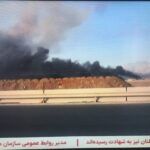
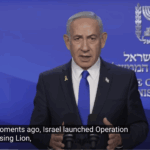
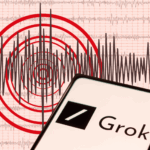

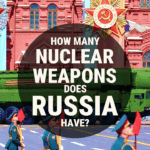
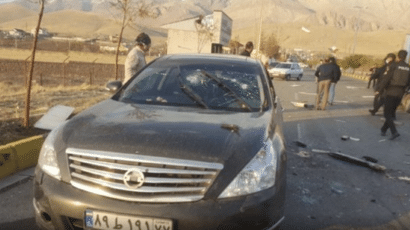
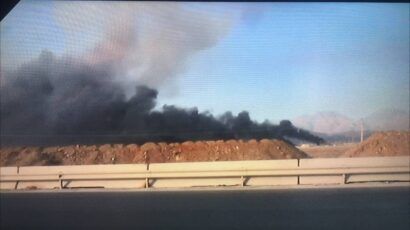
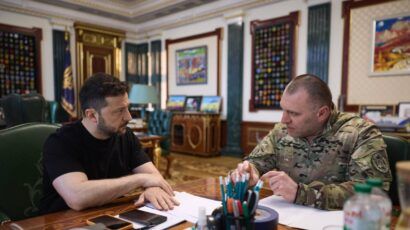



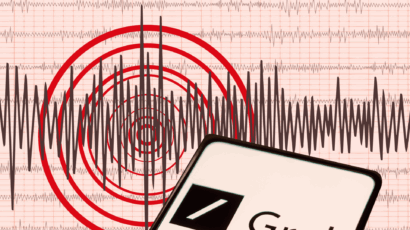

Now why is it more likely if the war drags on that Russia will go nuclear? Your conclusions seem to be disconnected from the details you laid out. If the US (and NATO) respond to Russia’s use of Nukes with overwhelming conventional force… this is the last thing Russia wants. Using nukes will be the end of this Russian regime. Putin knows this. There is no chance that NATO would allow Russia to continue with the current regime after nuclear first use. Its game over for Russia. They have zero chance against NATO in their current state. Even psychopaths keep… Read more »